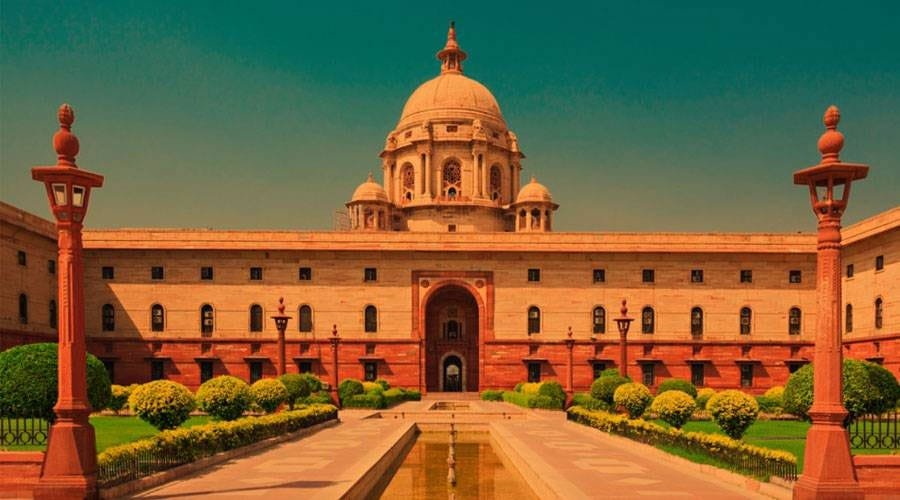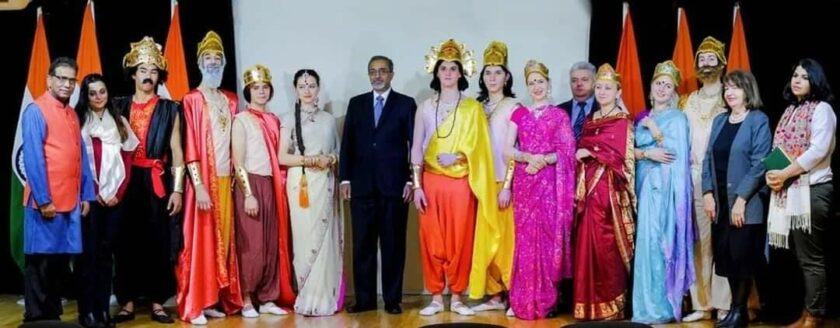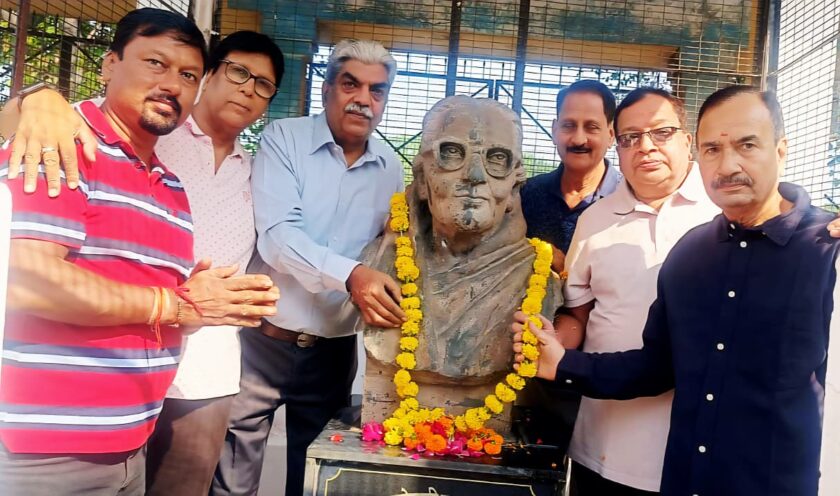New Delhi: The names of Darbar Hall and Ashok Hall of Rashtrapati Bhavan, built under the design and supervision of Edward Lutyens, have been changed after almost 95 years. Rashtrapati Bhavan was built in 1929 and was named Viceroy House.
This building was constructed for the residence of the British Viceroy in India and from January 26, 1950, it started being called Rashtrapati Bhavan. According to the press release issued by Rashtrapati Bhavan on Thursday, the name of Darbar Hall will now be Republic Mandap and Ashok Hall will be named Ashok Mandap.
Statue of Buddha
Of course, Darbar Hall is the most magnificent hall of Rashtrapati Bhavan. It is in this hall that the President and Union Ministers of the country have been taking oath. It has a 2-ton chandelier hanging at a height of 33 meters. During the British rule, it was known as the Throne Room.
There were two separate thrones for the Viceroy and his wife, in place of which a chair of the President has now been placed. Here is the statue of Gautam Buddha in a blessing posture belonging to the Gupta period of the fifth century. This hall is used for state ceremonies, defence investiture ceremony, Padma awards etc. The national anthem is played in the Darbar Hall before and after the swearing-in ceremony of the President.
The name of Darbar Hall and Ashok Hall of Rashtrapati Bhavan has been changed, now it will be known as Republic Mandap and Ashok Mandap. Painting on the ceiling of Ashok Hall.
Ashok Hall also has a special significance in Rashtrapati Bhavan. Now it has been renamed as Ashok Mandapam. It is a rectangular room of 32×20 meters. Here ambassadors and high commissioners of various countries present their credentials to the President. In India, it was originally built as a royal dance hall. Its floor is made of wood. There is a central dance space and three porches. Unlike many other rooms and chambers of Rashtrapati Bhavan, the ceiling of Ashok Hall has been painted.

This painting is in Persian style. The main painting on the ceiling depicts a royal hunting scene, while scenes of court life are painted in the corners. Most of the colours are dark. Because this painting is done on leather, the white colour also appears brownish. This work was done by Lady Willingdon during the Viceroyalty period of her husband Lord Willingdon. Lodi Gordon was built by Lady Willingdon.
There is also a banquet hall in Rashtrapati Bhavan. It can accommodate 104 people. Pictures of all the former presidents are decorated on its walls. Here the President arranges banquets for foreign heads of state. Obviously, only the most distinguished citizens of the country participate in these programs. There is no doubt that Edward Lutyens has shown complete dedication in designing all these halls of Rashtrapati Bhavan. However, apart from Edwin Lutyens and Chief Engineer Hugh Killing, many Indian contractors also played a role in the construction of Rashtrapati Bhavan.
The road in New Delhi area which is now called Tolstoy Road, was earlier known as Hughes Killing Road. Another thing is that two Indian contractors Haroon al-Rashid and Sardar Sobha Singh were mainly involved in the construction of Rashtrapati Bhavan. Haroon al-Rashid was from Lahore. He returned to Lahore after the construction of New Delhi. Sobha Singh stayed here. He built a bungalow for himself at 1 Janpath. How can we ignore those anonymous labourers who built Rashtrapati Bhavan with their hard work day and night?
Most of the labourers who built Rashtrapati Bhavan came with their wives from Jaipur, Jodhpur, Bhilwara etc. of Rajasthan. In the initial days, they got a place to live in Pahadi Dheeraj. Khushwant Singh used to tell that these Rajasthani labourers were called Bagdi. All of them came to Delhi on foot from their villages.
These simple labourers were paid one rupee per day and the women labourers were paid 5 paise. If the labourers had come here mainly from Rajasthan, the sculptors were from Agra and Mirzapur. Some were also from Bharatpur. All of them were experts in carving stones and making lattices. All of them had built the Rashtrapati Bhavan including the Darbar Hall and Ashok Hall.






